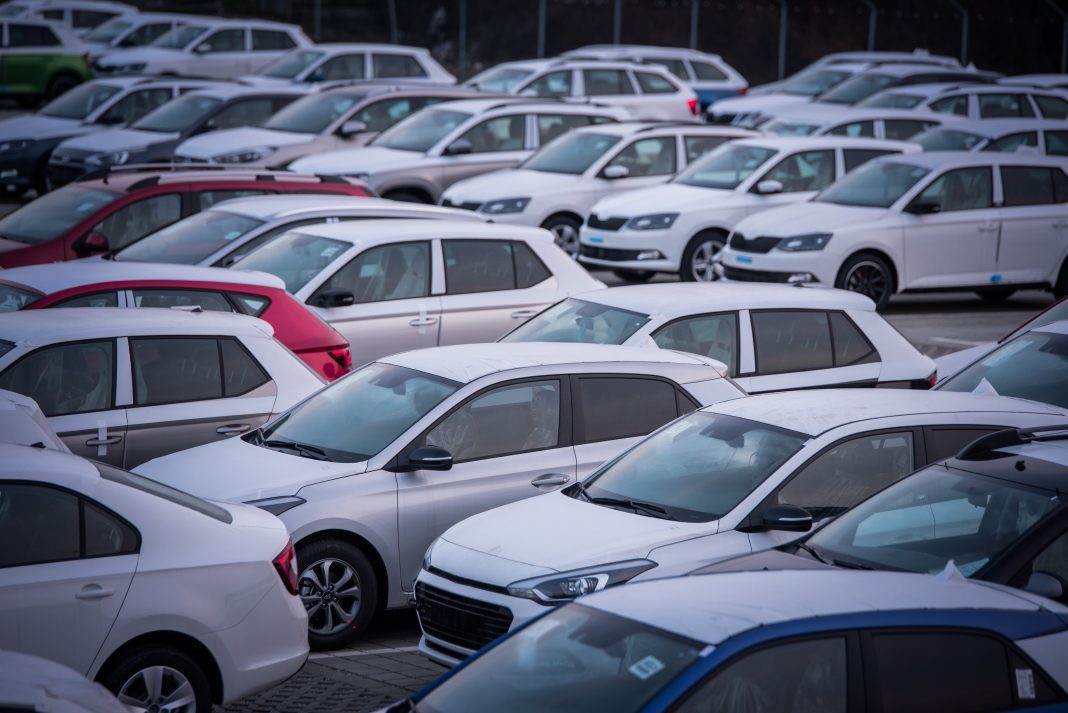Today’s automotive landscape looks a lot different than it did 18 months ago. During the early days of the pandemic, dealer new and used car inventory sat stagnant as nationwide lockdowns were enacted, keeping consumers at home and shutting down showrooms. The Manheim Used Vehicle Index estimates used retail days’ supply peaked at 114 days on April 8, 2020, when normal supply is about 44 days.
Here we are now with a limited supply of new cars and skyrocketing demand for used cars, fueled by supply chain issues. When you take into account the nation’s positive economic recovery, low-interest rates, higher savings rates, and the recent government stimulus payments, it’s easy to see why consumers have increased spending.
Challenges for auto dealers
As consumers seek to buy used cars, dealers compete to source them, but traditional channels are depleted. When a dealer does find a vehicle, the pressure is on to get it to the lot as soon as possible, translating into an increase in single-vehicle moves.
Dealers are booking more costly single-unit orders than affordable multiple car shipments – a clear sign of increased competition for available inventory. Montway Auto Transport data showed an average of 1.3 cars per move in the summer of 2021 compared to 2.5 cars per move in Q1. Used vehicle shortages, combined with increased demand, have driven up consumer prices, making single car moves more economically viable for dealers looking to acquire inventory.
Innovative used car sourcing
While dealers have traditionally been able to buy used-car inventory from rental car fleets, rental fleets are now holding onto aging vehicles longer since they have been unsuccessful in sourcing new cars.
Auto auctions are another purchasing channel, but the competition is fierce. Some smaller dealers, unable to financially compete with larger dealer groups for used cars, closed in the past year. Limited used car inventories have created direct competition between dealers and car rental companies looking to replenish their own inventories. In the pre-pandemic days, rental car companies were auction suppliers, not customers.
The nationwide search for used cars has placed added pressure on auction houses trying to meet demand. President of wholesale auction firm ADESA, John Hammer, says “Prices have gone up so much in the market, there’s so much demand for those low-mileage cars, that they’re either getting bought by the customer or getting bought by a dealer before they’re even entering the remarketing channels and have an opportunity to go through the auctions.”
Dealers are now searching for quality used cars outside of their local area. While looking across a wider geographic area helps dealers find vehicles, they’re found in lower volumes, contributing to multiple single-unit moves instead of consolidated, higher volume transport. For example, if a dealer purchases a car in Louisville, they’re unlikely to find other available cars to buy in Louisville to maximize the transport load and lessen the overall cost.
Driver and chip shortages impact
The auto transport industry is also facing significant driver shortage issues, restraining the availability of commercial vehicles to transport cars. Multiple factors are affecting the shortage, including a large population of truck drivers aging out of the profession, barriers to entry for young people, higher profits realized from moving freight, and driver training interrupted by COVID-19.
Early in the pandemic, manufacturers canceled orders because consumer demand for cars plummeted as many Americans were under stay-at-home orders. Chip manufacturers in turn began selling chips to non-automotive consumer electronics buyers like cell phone, computer, and tablet manufacturers. This consumer shift has mainly been due to increased remote work and schooling. When the car-buying rebound came, the current chip supply was already sold and producers couldn’t manufacture enough chips to satisfy the demand, creating a shortage and slowing new-car production.
The labor shortage, combined with the semiconductor chip shortage, has affected dozens of industry verticals, which limits the inventory of new cars.
The single-unit move balancing act
Dealers are being resourceful, changing to meet consumer demands, and paying close attention to their bottom lines. Although a single car delivery is more expensive than the traditional five-car delivery method, the sustained consumer demand has driven purchase prices higher, enabling dealers to remove the need for dealer discounts and maintain an acceptable profit.
Consumers are paying more for both used and new vehicles. According to the Bureau of Labor Statistics’ monthly Consumer Price Index for June 2021, used cars were an astounding 45.2% more expensive compared to June 2020. Many “in-transit” new vehicles are selling before even arriving at the dealership, and the ones making it to the lot often sell the same day. Dealer organization Asbury Automotive Group reported a record average per vehicle “front-end yield” of $5,004 in Q2, 2021, an enormous number that’s 41% higher than the same time last year.
While the current shortages and disruptions in new and used car economics are stressful for manufacturers and consumers, they may provide revenue opportunities for transport firms and dealerships that can capitalize on current demand through the end of 2021 and beyond.
Did you enjoy this article from Dimitre Kirilov? Please share your thoughts, comments, or questions regarding this topic by submitting a letter to the editor here, or connect with us at newsroom@cbtnews.com.
Be sure to follow us on Facebook and Twitter to stay up to date or catch-up on all of our podcasts on demand.
While you’re here, don’t forget to subscribe to our email newsletter for all the latest auto industry news from CBT News.










